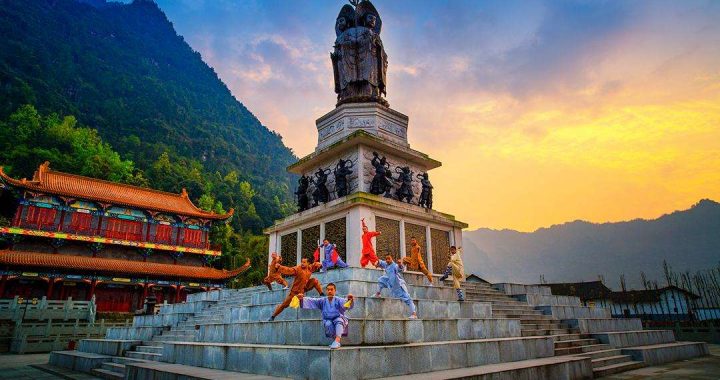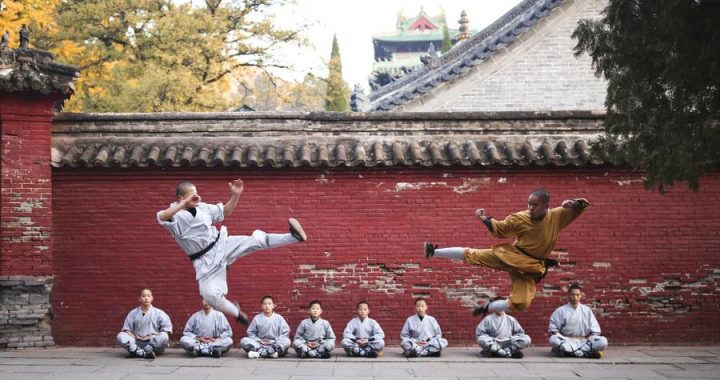Heritage:Shaolin Temple
5 min readRounding hairpin turns on a winding mountain road,the Shaolin Temple’s surrounding scenery is as rugged as the legendary fighting-monks themselves.
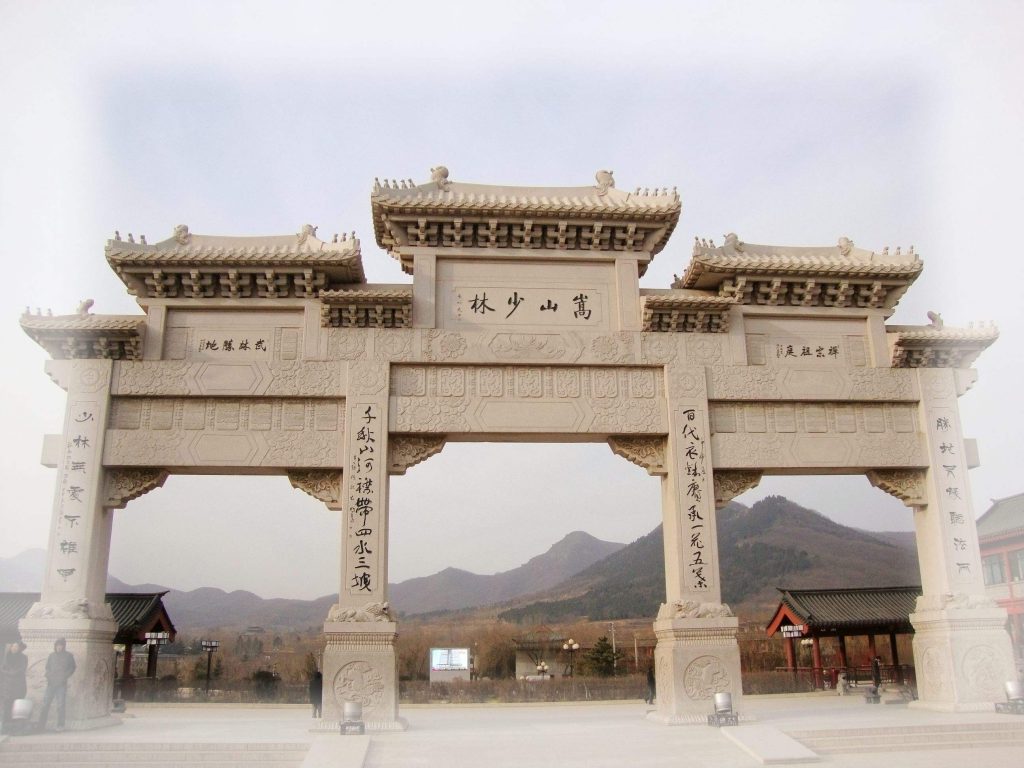
Both domestic and foreign travelers come from far and wide to the small village nestled away in Henan Province’s Song Shan(songshan),roughly an hour’s drive from Luoyang or Zhengzhou,to visit the fabled birthplace of one of the world’s most famous martial arts movements.
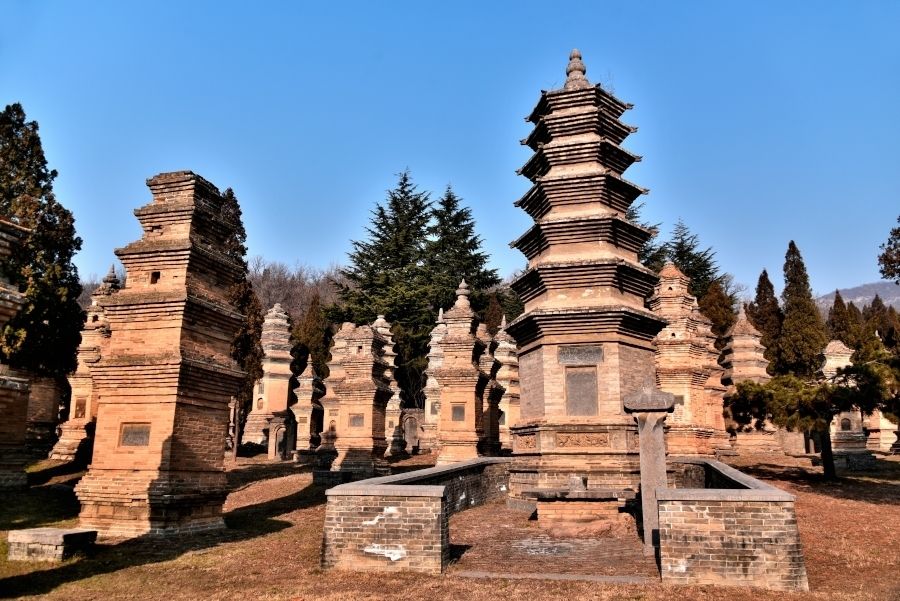
But Shaolin Temple(shaolin si )is more than that-thousands visit every year to pray and pay their respects at one of China’s oldest Buddhist temples.The temple is believed to have been founded in AD 495 by Indian monk Ba Tuo,on land given to him by the Northern Wei emperor,so that monks could focus on the disciplines of their faith.
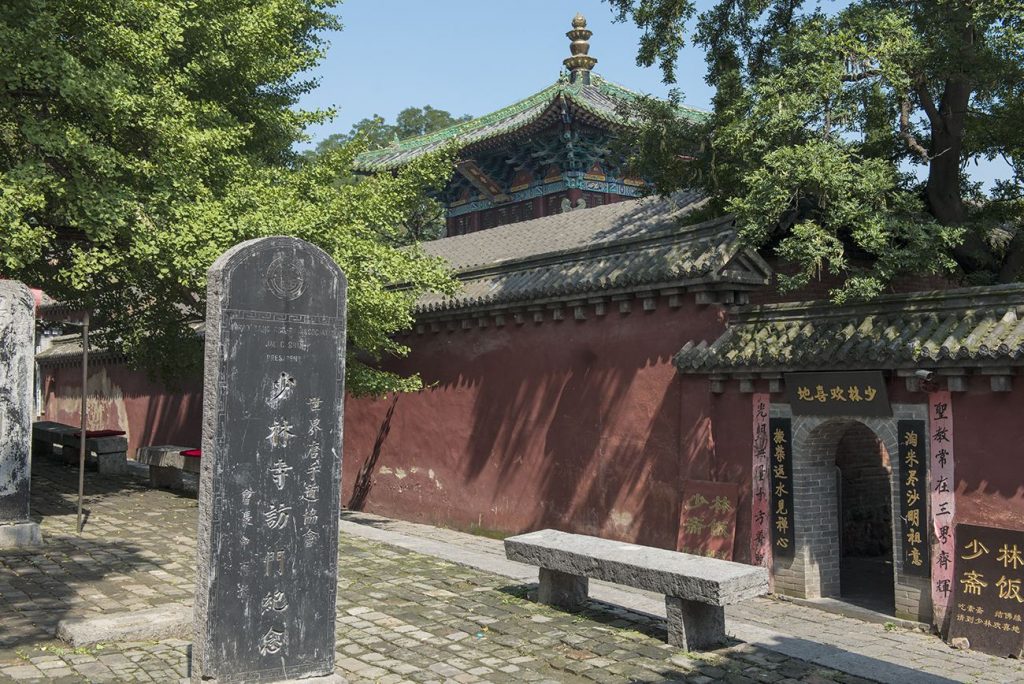
In AD527,Bodhidharma(damo)visited and founded what became the Chan(Zen in Japanese)sect.According to popular lore,Bodhidharma crossed the Yellow River on a single reed then spent nine years meditating in a cave before entering the temple grounds.His shadow,it is said,can still be seen in a nearby cave to this day,aptly named Bodhidharma’s Cave(damo dong ).
The fighting monks of Shaolin Temple show off their prowess.shoolfnsi)
Because Chan Buddhism emphasizes enlightenment through meditation,kung fu developed initially as stretching exercises between long hours sitting in a prone position,used t help the monks’concentration.Imitating animals and insects,the stretches eventually became fighting forms,which would make the name of the temple synonymous with kung fu.
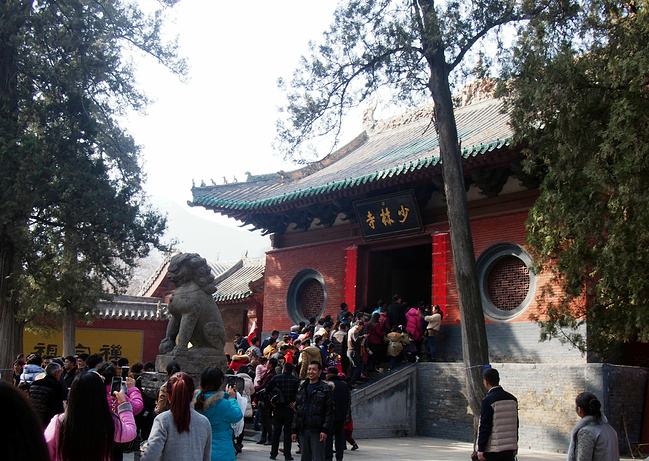
The village at Shaolin is fully caught up in kung fu;stopping in the village around the temple affords visitors an opportunity to see youngsters training at the various schools nearby.Children of all ages can be seen spinning in mid-air,high-kicking,lungingwith spears and sparring,with the sounds of hundreds of young voices barking in unison.
Entry to the temple grounds includes access to all attractions within for RMB 40.
Strolling through the temple’s main gate you can see the characters for Shaolin Templewritten in calligraphy by the Qing emperor Kangxi.Among the highlights-apart from the main temple and its inherent shrines,hosts of contemplating Buddhas and monks roaming the area-are the pavilions on the grounds.A giant wok is also visible.It’s said that ituld cook 1,650 pounds(750 kg)of rice-and it’s considered one of the smaller woks that once graced the grounds.

In front of the Bell Tower(zhonglou)is a stele with three faces carved on one side.The faces of Buddha,Laozi(the founder of Taoism)and Confucius are grouped together to represent the harmonious unity of Buddhism,Taoism and Confucianism.Nearby another memorial stele provides a list of rewards given to the monks of Shaolin by the future Tang emperor Taizong.As the Sui dynasty disintegrated,Taizong rose up in rebellion.When he was cornered by a local warlord,13 monks from the temple aided him in his escape.When he later ascended to the throne,he threw a huge banquet for the monks,with the finest dishes and wines available,to show his gratitude.To his chagrin the monks refused to eat due to their strict vegetarian diet-as emperors were likely to do,he simply issued a decree allowing the monks of Shaolin to drink wine and eat meat,though the monks today follow a vegetarian diet.
Many of the pavilions bear a number of wall murals devoted to Buddhist mythology,Shaolin legends and the different stances in Shaolin kung fu-the most well-known depicting the rescue of the prince.Many of the murals were removed and re-painted when the building was rebuilt.The temple was destroyed by a warlord in 1928.It reputedly burned for 40 days.The floor in the Thousand Buddha Hall(qidnfodiin)is sunken,supposedly due to the constant exercises held there.
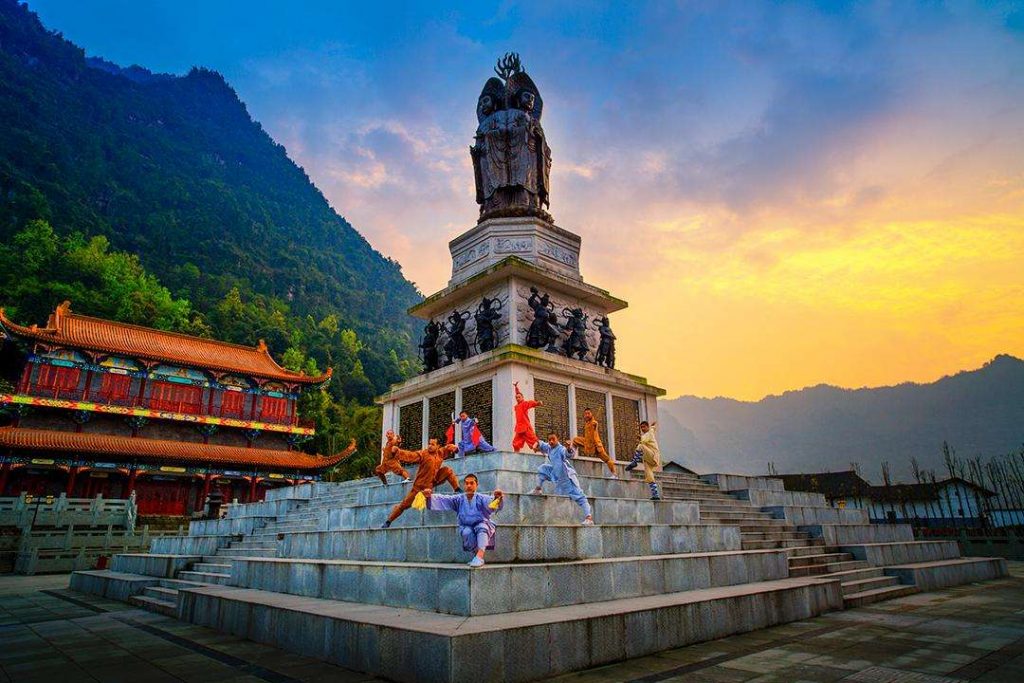
For those seeking peaceful contemplation,the Meditation Garden is an ideal spot.A hallway wraps itself in a square around the quiet garden and there’s a terrace to sit andmeditate while swarms of tourists mill around outside.The hallway itself offers observers an insight into some of the colorful characters of Buddhist lore with statues of green-skinned arhats stretching their limbs and alternately scowling or smiling.Some eye you with joy while others stare you down with a sinister glare.
The nain gate to the historic Shaolin Temple.
A must-see is the Forest of Pagodas(shaolin tilin,aptly named for the 246 multi-tiered monuments to noted monks from years gone by.Many bear inscriptions detailing the lives and exploits of the monks for whom the pagodas were built.Each pagoda houses theashes of a monk interred on the site from AD 791 to 1803.The pagodas take up a significant plot of land at the foot of breathtaking mountain scenery,although the views can be blanketed in a haze that obscure what would otherwise be a picturesque panorama.

Just outside of the Shaolin Temple grounds is the small town of Dengfeng which offers some good opportunities to get away from the crowds at the Shaolin Temple.Check out the Zhong Yue Temple(zhongyuemido),a Taoist temple which was originally built for the purpose of worshipping Song Shan-the mountain is one of the five sacred Taoist mountains,with each representing one of the five elements(earth,water,wood,fire,metal)that Taoists believe make up the world;Song Shan represents the earth element.
Zhong Yue became a Taoist Temple during the Northern Wei period and was rebuilt during the Qing dynasty using Beijing’s Forbidden City as a model.Just north of town is the Songyang Academy(songyang shuyudn)one of China’s four“great academies.”Inside the academy grounds are two very old cypresses,over 2,100 years old,planted by Han emperor Wudi.
A aural in the shaolin Temple showing off the skills of past kung fu masters.
Apart from these obvious attractions, watch for demonstrations by martial arts practitioners held at various times throughout the day at the training center just inside the front gate to the compound. For those eager to get a shot of bald gentlemen in colorful robes striking kung fu poses, these types are plentiful around the grounds.

Quotes
“It was amazing to see kids of all ages participating in such an ancient martial arts tradition.”Making Your Trip Easy For a great kung fu fighting extravaganza check out the International Shaolin Martial Arts Festival that’s held in Zhengzhou every two years from September 1 to 5.
Most visitors to the Shaolin Temple stay in either Zhengzhou or Luoyang and visit Song Shan as part of a day excursion. It’s possible to stay at some of the schools in the village at varying rates, but the noise of young martial artists lunging and bellowing in the early morning may not provide a restful sleep.
